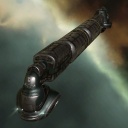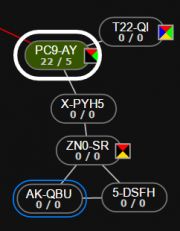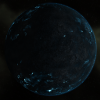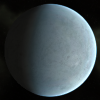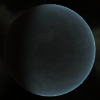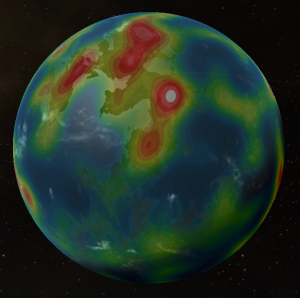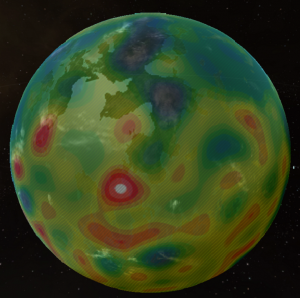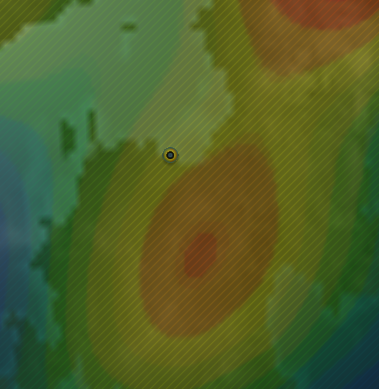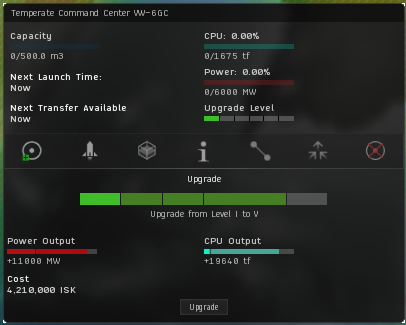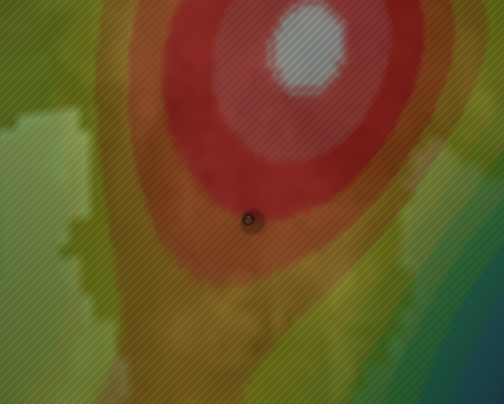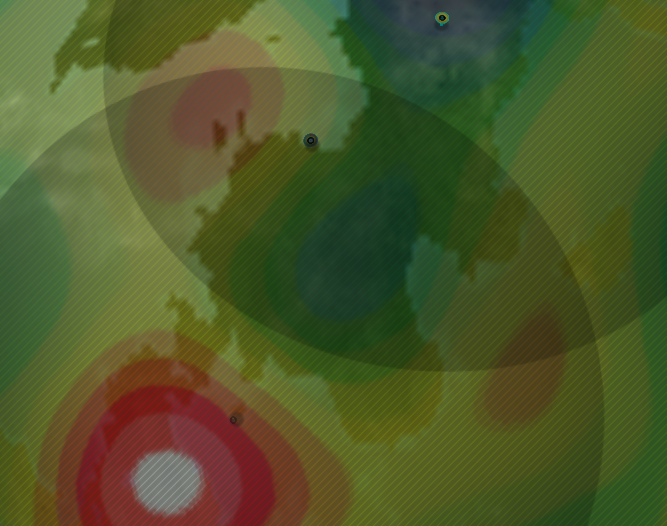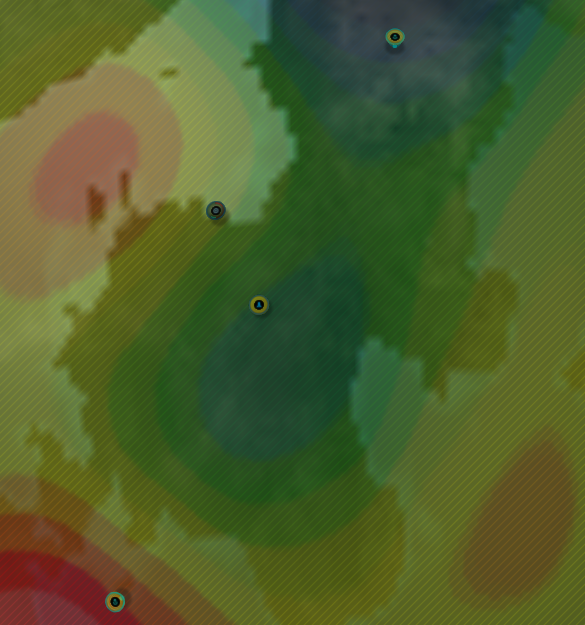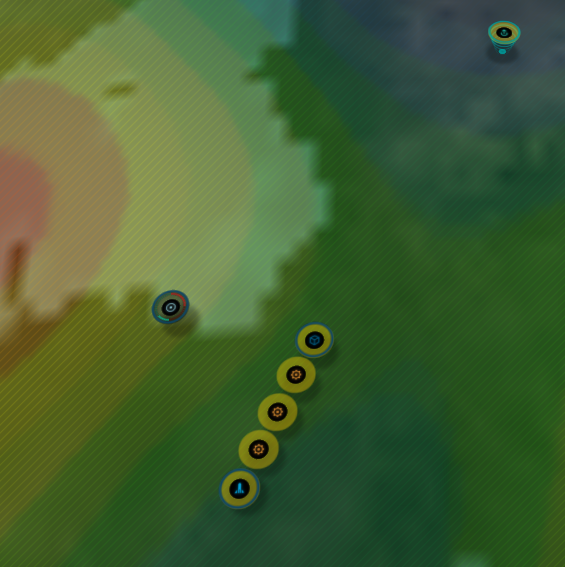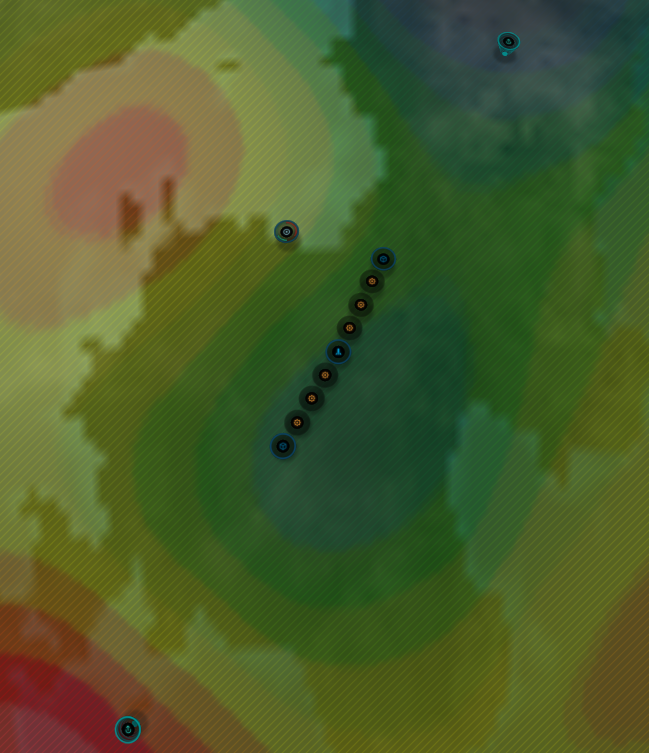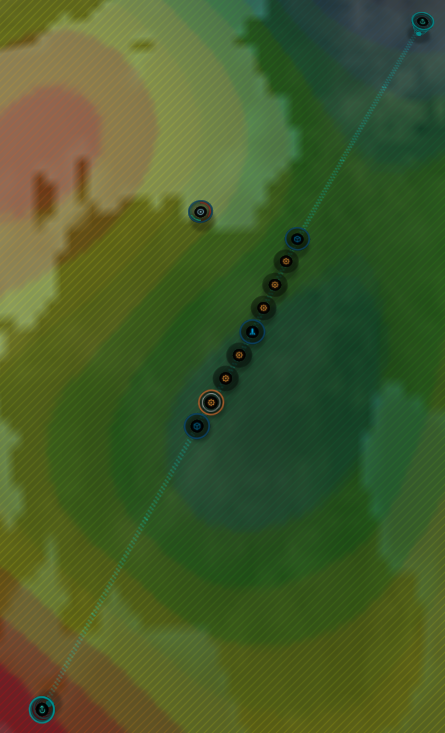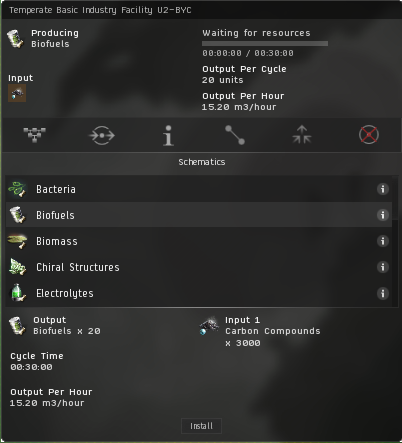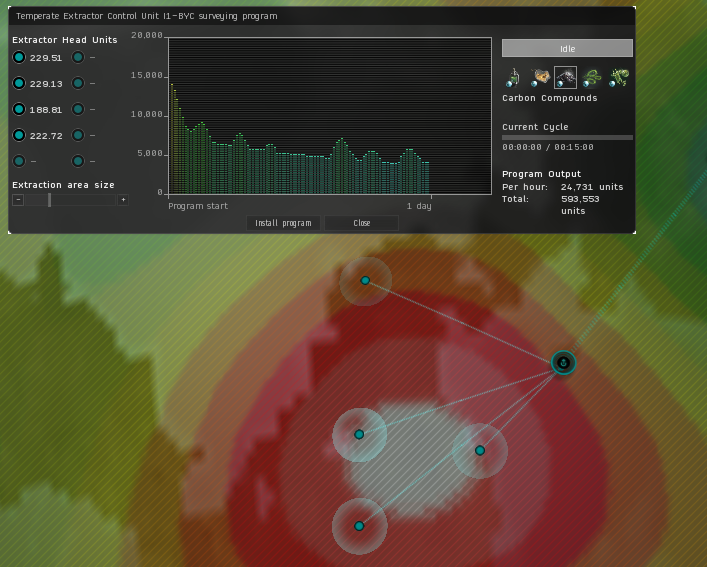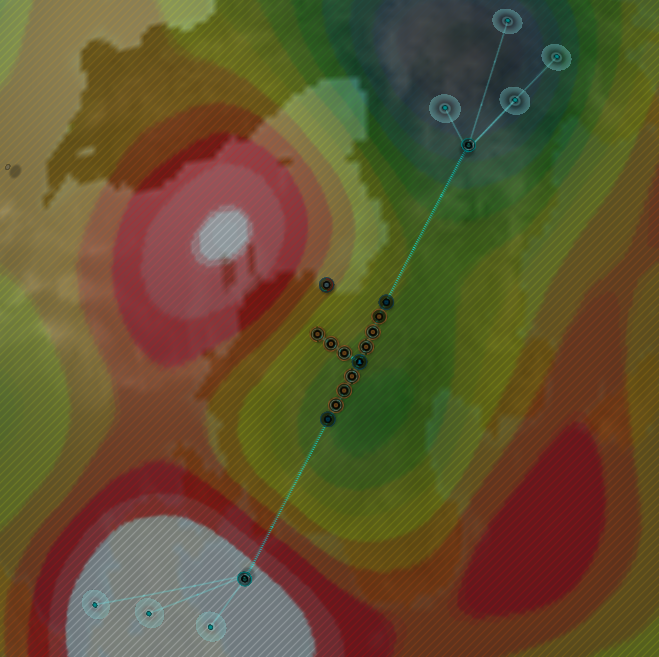Planetary Industry at the NSC
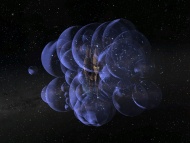
|
| Null Security Staging |
|---|
| General |
| NSC Activities |
| Preparations |
| Campus Services |
| Guides |
| NSC Activities |
Template:Planetary Interaction links
Why you should do PI
- Main article: Planetary Interaction
Planetary Interaction is a very simple way to generate passive income in EVE with very little investment of both skills and ISK. There are a number of different ways to go about PI but in short, it is the process of setting up a robotic factory on a planet that will extract different resources depending on the type of planet and then manufacturer something out of those which we can sell on the market. PI products are used in a variety of activities across EVE including T2 production, Fuel production, Citadel components and even that Nanite Paste (that you should be carrying) is produced through PI.
The number of resources available on a planet scales by two factors.
- The Security Status of a System will affect how abundant resources are on a planet. The lower the Security Status, the more resources there are.
- The amount of factories operating on a planet will reduce the amount of resources you have access to as the resources will be spread between everyone. The more people using that planet, the less it will make for you.
These two factors lead to the myth that PI just isn't worth the hassle. That myth comes from people who try to do PI in HiSec. In HiSec, you begin with planets that already have poor resources due to the high Security Status even before you have the unwashed masses sucking each planet dry for anything and everything, so the profit that you make is often really low. NullSec is different because the planets are rich in resources and the local traffic is very low, meaning we can easily turn a great profit for very little effort. Depending on the markets, very simple P0>P2 extraction planets can generate between 3-5M ISK a day. If you are running 5 planets, that is roughly 15-25M ISK or a fully fit T1 Cruiser, per day, for free.
With that in mind, why would anyone not want to do PI in NullSec if they are already living there? You should know that your return will depend on the markets, how often you micromanage your setup and how efficient your planets are. Your millage will vary!
Recommended Skills
- Main article: Creating a Planetary Interaction Alt
These are the recommended skills for successfully conducting PI at the NSC. You will only need to recommended skills, however the advanced skills are definitely worth the train in the long run. The recommended PI skills will allow you build 5 P0>P2 planets in the NSC backpocket, while the advanced PI skills will allow for a 6th planet, and the required upgraded Command Center, that can be use for a P4 production planet. The recommended ship skills will allow you to fly the standard E-UNI WH/NullSec Epithal fit. The Epithal is the preferred PI industrial due it's unique planetary commodities cargo hold. The advanced ship skills will increase the survivability of the Epithal and the amount of PI materials that it can carry.
| ~ X days and X hours | ~ X days and X hours | ~ X days and X hours | ~ X days and X hours |
|
Remote Sensing III |
Cloaking III |
Command Center Upgrade V |
Acceleration Control III |
The Epithal
- Main article: Epithal
Fitted cheaply and with only basic skills needed to fly it, it makes for the perfect PI hauler in NullSec. The one issue with the Epithal is that it's regular cargo hold is not big enough to carry a Planetary Command Center, therefore you will need another Industrial ship for this. Use an unfit Industrial from the Corp Hangers for this, and return it once you have deployed the Command Centers.
Improved Cloaking Device II
Adaptive Invulnerability Field II
EM Ward Field II
Medium Shield Extender II
5MN Y-T8 Compact Microwarpdrive
Nanofiber Internal Structure II
Warp Core Stabilizer I
Warp Core Stabilizer I
Warp Core Stabilizer I
Medium Low Friction Nozzle Joints I
Medium Ancillary Current Router I
Medium Core Defense Field Extender I
Core Scanner Probe I x8
- Relevant information:
- The Core Probe Launcher I module is purely for use in WH space, however as much of the information on this page can also be applied to wormholes, it has been included in the fit. Remove the module for use solely in NullSec.
What to Manufacture?
- Main article: Planetary Commodities
Now that we have the required skills and an Epithal for moving our goods around, we need to choose what to produce with our PI planets. When it comes to what to produce, there is no single right or wrong answer. The markets and the demand for certain goods do change, however there are three broadbrush groups of PI commodities that do turn a solid profit.
To make the most money from PI, you should look at both at the local market and the Jita market and compare what items are selling fast with the items are selling for more ISK. If you find something that is both quick selling and for a higher than normal amount, that is the product to manufacture.
Where to Manufacture?
- Main article: Good Planets
One of, if not the most dangerous places to be in NullSec, is on a Gate. Where possible, it is better to limit all your PI production to one system and ideally a system that also has a Station or a Citadel blue to the Uni. The tables below show all the planets and systems within the NSC backpocket and also what PI commodities can be produced completed within each system. One other factor to be aware of is the further into the pocket you go, the safer you should be due to the increased warning of Neutrals entering PC9-AY. Again, you are never safe in NullSec and should not get complacent. Neutrals do log off in the backpocket and there are often wormholes that bring visitors. Always pay attention to local and dock up/go safe if you see anyone not blue.
T22-QI
- T22-QI IV - Moon 8 - Trust Partners Warehouse
- T22-QI V - Moon 14 - Intaki Syndicate Academy
- T22-QI VI - Moon 6 - Intaki Syndicate Academy
- T22-QI VI - Moon 9 - Intaki Space Police Testing Facility (NSC Industry hub)
- T22-QI VI - Moon 12 - Intaki Syndicate Academy
- T22-QI VI - Moon 13 - Trust Partners Warehouse
X-PYH5
- Astrahus - Perihelion (Peridexic Effect)
| X-PYH5 - Planets | |||||
|---|---|---|---|---|---|
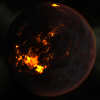
|
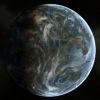
|
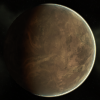
|
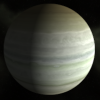
|

|

|
|
X-PYH5 I |
X-PYH5 II |
X-PYH5 III |
X-PYH5 IV |
X-PYH5 V |
X-PYH5 VI |
ZN0-SR
- ZN0-SR III - Intaki Bank Depository
- ZN0-SR V - Moon 7 - Intanki Bank Depository
- ZN0-SR VI - Moon 4 - Intaki Space Police Assembly Plant
5-DSFH
- Astrahus - Fishbowl (Ice Dalak Conglomerate)
AK-QBU
- Astrahus - The Fridge (Peridexic Effect)
How to Manufacture
- Main article: Colony Management
One Planet P0>P2 - Commander Center Upgrades IV
The most common setup used by people to make passive PI income with minimal effort will be the product of P2 commodities on a single planet, with Command Centers IV trained. At maximum efficiency, each planet will be able to produce 240 P2 commodities in a 24hr period.
- Use the scanner to highlight the two highest density areas of resources on the planet. Use the scan slider until you only have one white spot left. This will be the highest density resource spot.
- Drop the Command Center somewhere roughly between the two. It doesn't need to be exact, the only use the Command Center has in this setup is to center the camera when we open Planet Mode. When you are happy with it's position, hit submit.
- Open up the Command Center, upgrade it to level IV and hit submit again.
- Place a Extractor Control Unit on the boundary of the first resource hotspot.
- Do the same on the second resource hotspot.
- Place a Launch Pad in the center between the two Extractor Control Units.
- Place 1 Advanced Industrial Facility, 2 Basic Industrial Facilities and 1 Storage Facility, in that order, in a line towards the first Extractor Control Unit.
- Do the same in the other direction, towards the second Extractor Control Unit. Once you are happy with the layout, hit submit.
- Using Planetary Links, link each part of your factory together in one long line. There is no need to link the Commander Center.
- Install the correct Schematics for the commodities that you wish to build in each Industrial Facility. Basic Industrial Facilities produce P1 while Advance Industrial Facilities produce P2.
- Open up the Extractor Control Unit. What we need to achieve here is a program output higher than 12,000 Units per hour to achieve maximum efficiency. You longer that you set the Extraction Area Size (This is the amount of time that the planet will run for) the less the per hour output will be. The more Extractor Head Units that you use, the higher the per hour output will be. Do this for both Extractor Control Units, making sure you are extracting the required P0 resource. Play around here, see what works, but generally 4 Extractor Heads and a 1 day Extraction Area Size should be more than enough to achieve maximum efficiency in NullSec. Always try to aim for as much as you can per hour though, as this will leave a surplus supply of P0 resources in your Storage Facilities that will allow the planet to continue to produce P2 if you are a couple of hours late to reset it, or just forget entirely.
- Now is the tricky bit. We need to create routes to ensure that our products flow correctly between the various Industry Facilities and and up as P2 commodities in our Launchpad. Unfortunately this cannot really be shown with images.
- Route each P0 resource from the Extractor Control Unit to the closest Storage Facility
- Route each P0 from the Storage Facilities to the two Basic Industrial Facility that require that product (You should have already installed the correct Schematics for the Basic Industrial Facilities earlier)
- Route the output P1 material from all Basic Industrial Facilities to the Launchpad
- Route one of each type of P1 material in the Launchpad (You will see four listed if done right, two of each P1) to both Advanced Industrial Facilities
- Route the P2 output from both Advanced Industrial Facilities back to the launch pad
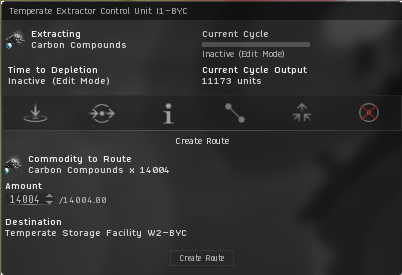
|
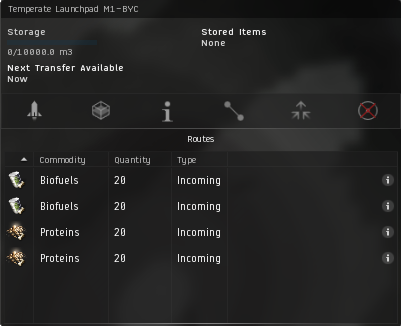
|
- Hit submit one last time to turn the whole process on. If you wait a few hours, you can check your Launchpad to see if there is a nice pile of P2 commodities there. If you did, the Planet is set up correctly. The only interaction that you need to have with the whole setup is to re-start the Extractor Control Units to ensure that you maintain that magic number of 12,000 Units per Day.
One Planet P0>P2 - Commander Center Upgrades V
We will assume that, after setting up the above 5 times, that by the time someone has trained Commander Center Upgrades V that they have a solid understanding of how the process works. Command Center Upgrades V allows us to add 2 additional Basic Industry Facilities and 1 addition Advanced Industrial Facility. This will increase the productivity of the Planet by 33%. To achieve maximum efficiency, the Extractor Control Units will need to be running at 18,000 Units per Hour to keep up with the increased demand. You will likely need to drop to 3 Extractor Heads on one resource to have enough space to fit the Advanced Industrial Facility. With some re-positioning of the Extractor Control Units closer to the main site, you can free up some fitting space by reducing the lengths of the links between the Extractor Control Units and the Storage Facility, which should allow you to place that fourths Extractor Head back out. It takes a little effort to get the positing right and can be fiddly, but at an increase of 33% is definitely is worth it to get it right.
- Place the two addition Basic Industrial Facility first, then the Advanced Industrial Facility so that the P0 resources do not run into the transit limit between structures.
